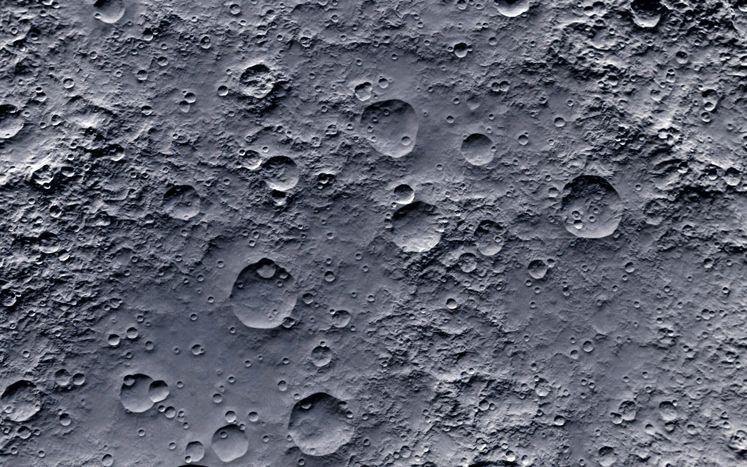Ancient magma ocean found on the Moon, say scientists

- Published
Scientists say they've found evidence of an ancient magma ocean on the Moon.
It was discovered on the Moon's south pole by experts working on India's lunar mission.
They believe that after the Moon formed 4.5 billion years ago, it cooled and a lighter mineral floated to the surface as molten rock.
The team from the Chandrayaan-3 mission also found proof of a huge meteorite crash in the region.
More space news
- Published20 August
- Published16 August
- Published19 August
What did scientists find?
India launched its Chandrayaan-3 moon mission in July last year
The discovery of the ancient magma ocean was made by India’s historic Chandrayaan-3 mission which landed on the south pole last August.
This part of the moon hasn't been explored very much - in fact Nasa have previously described the area as "a mystery".
It's full of craters and boulders which scientists say makes landing there much harder.
It's also on the dark side of the moon where hardly any light reaches.
India's six-wheeled rover has been crawling around the craters and rocks of the Moon's surface snapping pictures and taking measurements and other data which is then sent back down to Earth.
The team say the rover found evidence of a mineral called ferroan anorthosite in the south pole.
They think this mineral floated to the surface when the Moon first formed, supporting their theory that magma formed on the Moon's surface around 4.5 billion years ago.
And 500 million years later the scientists believe a huge meteorite crash took place.
The crash is thought to have made the South Pole–Aitken basin, which measures over 1,500 miles wide, and is thought to be one of the largest craters in the solar system!
